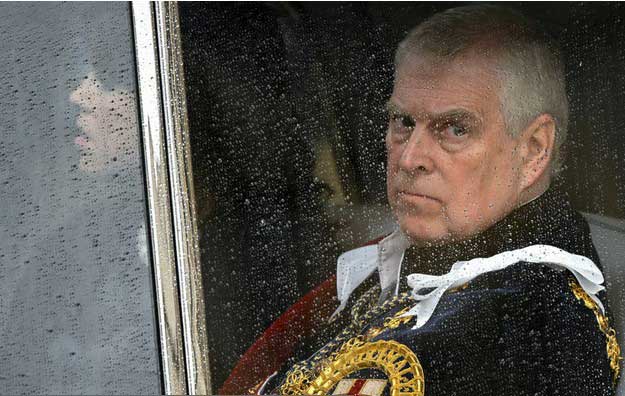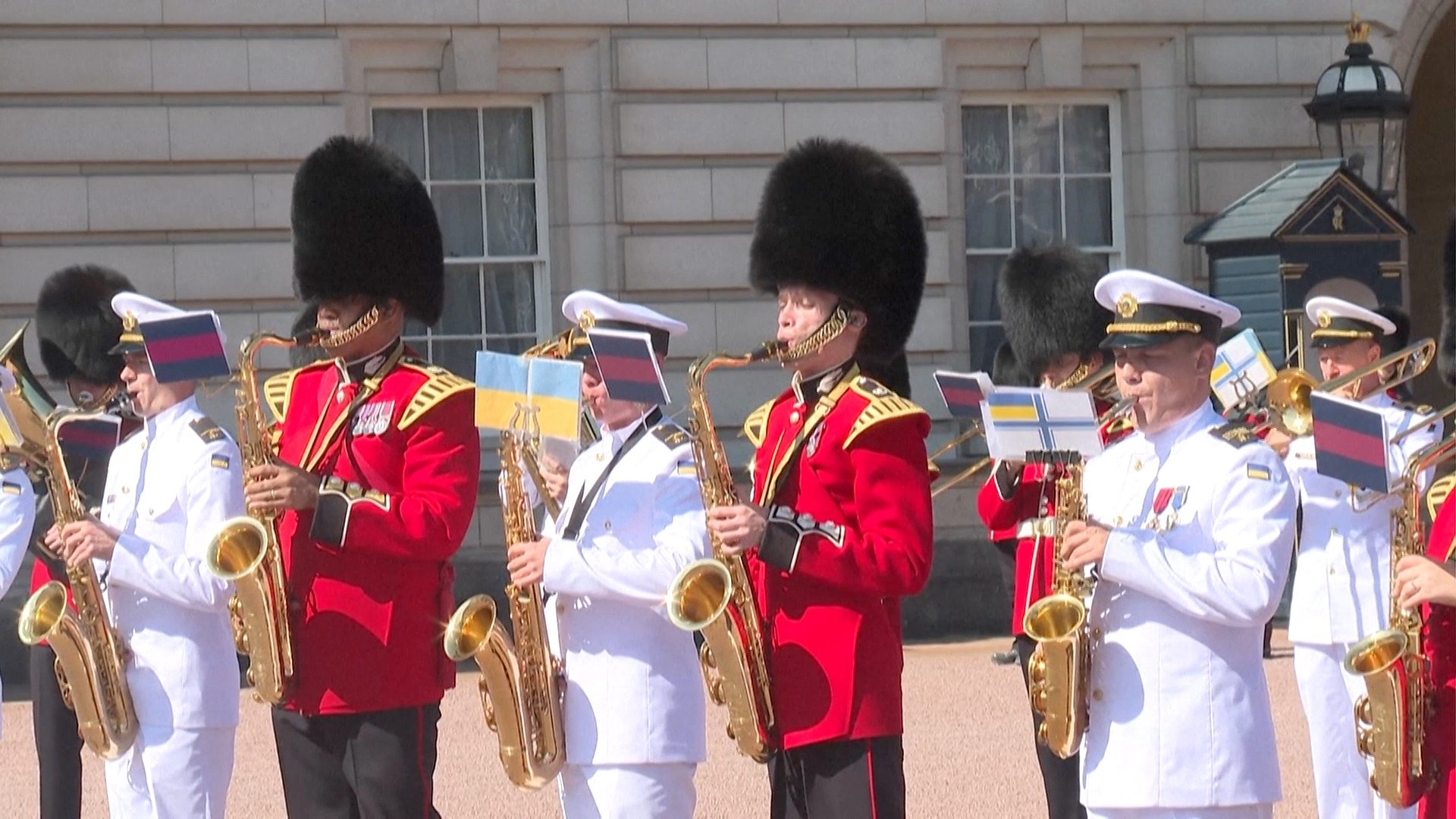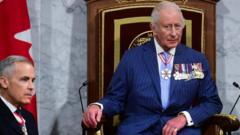The British Royal Train, a lavish means of transport for the royal family spanning over 150 years, is being retired amid cost-cutting measures announced by Buckingham Palace. This decision signifies the end of an era that began when Queen Victoria first traveled by train back in June 1842, influenced by Prince Albert amid concerns about the safety of train travel.
Queen Victoria's initial hesitations about trains causing insanity transformed into pleasure as she described her journey in her journal, noting the comfort and speed. The royal train evolved under her reign with bespoke rail cars, some adorned in luxurious gold and silk, catering to regal journeys across the countryside, whether for official duties or personal getaways.
The train not only symbolized modernity but also served as a mobile representation of the monarchy over generations. While the discontinuation may aid in alleviating financial pressures on the royal family, it also means a significant emblem of British heritage will fade from service. The iconic train, a connection between King Charles III and his great-great-great-grandmother Queen Victoria, embodies the evolution of royal travel and the enduring legacy of the British monarchy.
This change comes at a time when the institution adapts to contemporary standards, yet it marks the loss of a symbol deeply rooted in tradition and royal history. As Britain moves forward, the memories of kings, queens, and their travels linger in the annals of time and imagination, leaving behind a significant legacy as the tracks of the royal train come to a close.
Queen Victoria's initial hesitations about trains causing insanity transformed into pleasure as she described her journey in her journal, noting the comfort and speed. The royal train evolved under her reign with bespoke rail cars, some adorned in luxurious gold and silk, catering to regal journeys across the countryside, whether for official duties or personal getaways.
The train not only symbolized modernity but also served as a mobile representation of the monarchy over generations. While the discontinuation may aid in alleviating financial pressures on the royal family, it also means a significant emblem of British heritage will fade from service. The iconic train, a connection between King Charles III and his great-great-great-grandmother Queen Victoria, embodies the evolution of royal travel and the enduring legacy of the British monarchy.
This change comes at a time when the institution adapts to contemporary standards, yet it marks the loss of a symbol deeply rooted in tradition and royal history. As Britain moves forward, the memories of kings, queens, and their travels linger in the annals of time and imagination, leaving behind a significant legacy as the tracks of the royal train come to a close.























